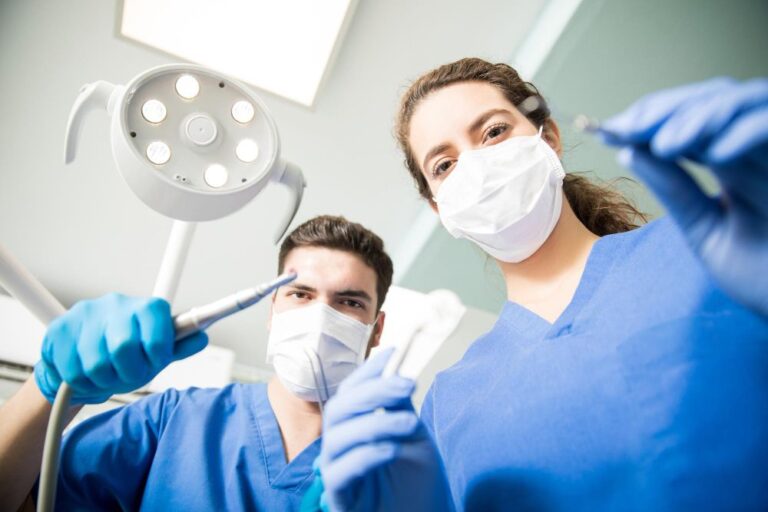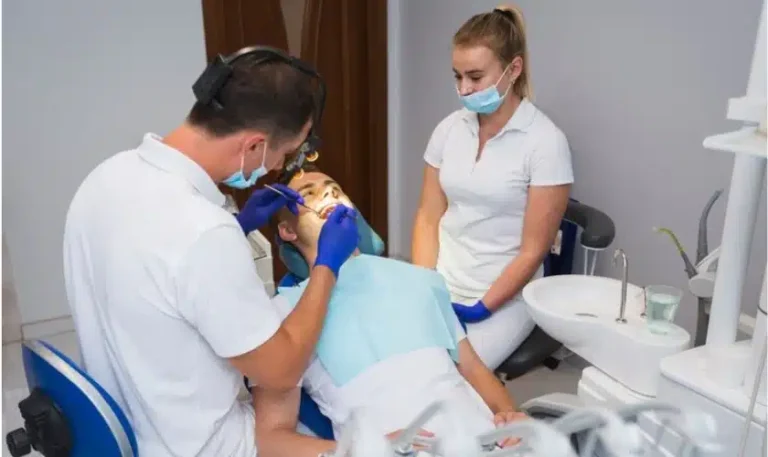Inguinal Hernia vs Femoral Hernias: Key Differences and How to Identify Them
Hernias represent a significant medical concern, often leading to discomfort and potential complications if not properly managed. Among the various types, inguinal hernia and femoral hernias are particularly prevalent and can be difficult to distinguish, which may result in delays in diagnosis and treatment.
Consider the scenario where you experience a persistent, uncomfortable bulge in your groin area, accompanied by pain that intensifies with physical activity. This might be dismissed as a minor issue, yet it could be indicative of a hernia requiring immediate medical attention.
Misinterpreting the symptoms and failing to differentiate between inguinal and femoral hernias can lead to prolonged discomfort and serious health risks. The uncertainty and anxiety stemming from not knowing which type of hernia you might have can be quite distressing.
This thorough guide aims to clarify the distinctions between inguinal and femoral hernias by providing detailed information on their key differences, symptoms, and treatment options. By understanding these nuances, you can take proactive steps towards early diagnosis and effective management.
Furthermore, we will highlight a few top-range of supportive products designed to alleviate discomfort and aid in the prevention and treatment of hernias. Equip yourself with the knowledge necessary to make informed decisions about your health and well-being.
What is an Inguinal Hernia?
An inguinal hernia occurs when a portion of the intestine protrudes through a weak spot in the abdominal muscles, specifically in the inguinal canal. This type of hernia is more common in men, largely due to anatomical differences.
Key Characteristics:
- Location: In the groin area, where the thigh meets the lower abdomen.
- Symptoms: A noticeable bulge that becomes more prominent when standing or straining, pain or discomfort in the groin, and sometimes swelling around the testicles.
Must Know Fact: Inguinal hernias account for about 75% of all abdominal hernias, making them the most common type.
What is a Femoral Hernia?
Femoral hernias are less common but can be more dangerous due to their tendency to cause complications. They occur when tissue pushes through a weak spot in the muscle wall of the femoral canal, located just below the inguinal ligament.
Key Characteristics:
- Location: Near the upper thigh, just below the groin.
- Symptoms: A small bulge, discomfort or sharp pain in the groin area, and in severe cases, nausea and vomiting.
Must Know Fact: Femoral hernias are more common in women, particularly those who are pregnant or obese, due to increased pressure on the abdominal wall.
Inguinal Hernia vs Femoral Hernia
| Aspects | Inguinal Hernia | Femoral Hernia |
| Location | Occurs in the inguinal canal, where the thigh meets the lower abdomen. | Occurs in the femoral canal, located just below the inguinal ligament. |
| Prevalence | More common in men due to anatomical differences. | More common in women, particularly those who are pregnant or obese. |
| Symptoms | Noticeable bulge in the groin, pain or discomfort, swelling around the testicles. | Small bulge near the upper thigh, discomfort or sharp pain, nausea and vomiting. |
| Complications | Can lead to pain and swelling in the groin and testicles. | Higher risk of complications such as strangulation and obstruction. |
| Diagnosis | Physical examination, ultrasound, or CT scan. | Physical examination, ultrasound, or CT scan. |
| Treatment Options | Non-surgical (watchful waiting, lifestyle changes), surgical (open or laparoscopic). | Non-surgical (watchful waiting, lifestyle changes), surgical (open or laparoscopic). |
| Prevention | Maintain healthy weight, avoid heavy lifting, use supportive products. | Maintain healthy weight, avoid heavy lifting, use supportive products. |
Our Top Recommendations for Hernia
Bodyassist Inguinal Hernia Belt
Key Features
- This hernia belt is an easy and effective solution for operative recuperation of inguinal hernias.
- Made of lightweight material construction and assists to inhibit skin irritations.
- Can be worn whilst showering or swimming.
- Removable foam pads can be adjusted to suit left, right, or double sided inguinal hernias.
- Applies gentle and gradual pressure, comfortable and effective.
- Keeps protruding tissue in place and helps relieve discomfort.
M-Brace Hernia Brief
Key Features
- This hernia brief is 100% soft cotton for the perfect soft touch feel. Natural, hypo-allergenic and breathable materials.
- Neoprene and latex free.
- Powerful ‘cushioned return elastic’ delivers a better overall result and effect.
- Elastic runs oblique to the waistband for a more dynamic application.
- Waist band is higher in the back and lower in the front.
- Pre-shaped pads are self-shaping and covered with 100% cotton fabric.
- Super SLIM, lightweight material like no other.
- Perfect fit and superior all day comfort.
- Uniquely designed and made in ITALY.
Bodyassist Inguinal Double Sided Hernia Belt
Key Features
- This hernia belt is comfortable and effective and fits the left or right side.
- Suitable only for inguinal hernias.
- For operative recuperation.
- Made of lightweight material construction.
- Assists to inhibit skin irritation.
- Can be worn whilst showering or swimming.
- Removable foam pads adjusted to suit left or right.
Bodyassist Hernia Support Truss
Key Features
- This hernia support truss applies gentle, gradual pressure to the affected area.
- Extra wide flexible waist strap and adjustable groin strap.
- To move the pad left to right, simply rotate the waist band. Instant relief!
- Our pressure pad has more padding and therefore creates greater pressure.
- No metal parts- can be worn while showering.
- Made of lightweight cotton fabrics for max support and day-long comfort.
- Comfortable quick-drying waistband.
- Inconspicuous when worn under clothing and completely washable.
- Suits right or left sided hernias.
Bodyassist Lightweight Abdominal Binder
Key Features
- It is a lightweight, orthopaedic, ventilated elastic binder that assists to support after surgical procedures, pregnancies, and generally helps internal organs to settle after such procedures.
- Minimised pressure over internal organs and surgical incisions.
- Support with gentle elastic compression.
- Ideal for use after pregnancy.
- Helps to increase, lowered abdominal lift capacity, usually caused by sagging abdomen condition.
- Provides greatly enhanced body shape and greater sense of confidence.
- Closures for easy adjustments and assures an optimum fit.
- Completely washable and hygienic.
Bodyassist Elastic Rib Chest and Torso Compression Binder
Key Features
- This simple elastic wrap may be applied after broken, dislocated or cracked ribs.
- It may also be used as a torso wrap after any trauma to the upper body including heart surgery.
- It may also be used post pregnancy and is an ideal size for those who desire a more narrow design.
- Made from durable, lightweight, latex free plush fabric that is highly comfortable against skin.
- The fabric uniquely allows one to close the hook/loop tap anywhere along its surface.
- The wrap can fit a variety of sizes and shapes of body forms.
- Completely washable and hygienic.
Closing Notes!
Recognising the distinctions between inguinal and femoral hernias is crucial for ensuring timely and effective treatment. If you suspect you might have a hernia, don’t delay in seeking medical advice to avoid potential complications. Early diagnosis and proper management can make a great difference in your health and quality of life.
For further information and to discover our all-inclusive range of supportive products designed to aid in hernia management and prevention, visit Bodyassist today. Empower yourself with the right tools and knowledge to take control of your well-being.






